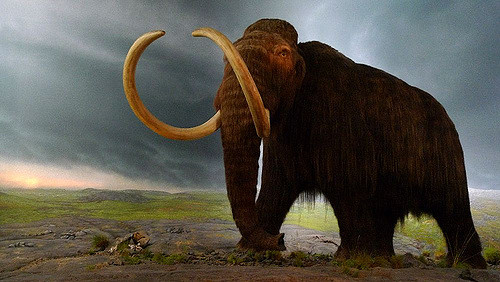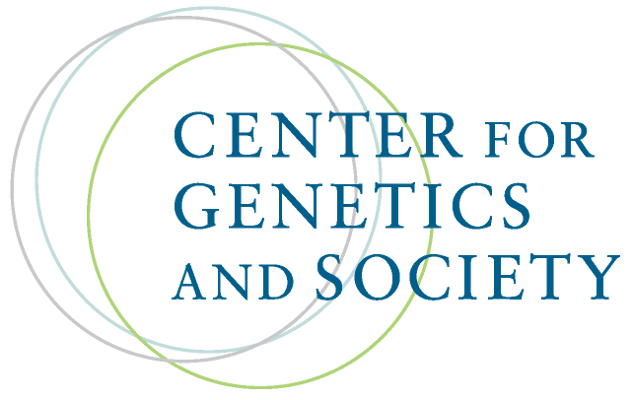How mammoth cloning became fake news
By John Hawks,
Medium Science
| 02. 09. 2017
George Church, artificial wombs, elephant embryos, and a gullible science media
According to the Guardian, New Scientist, and many other press outlets, the Harvard geneticist George Church announced last week that he is going to produce elephant embryos with woolly mammoth genes within two years.
Media outlets this week have run more than 60 stories about Church’s press announcement, with breathless headlines, like “Woolly mammoths ‘to walk the earth again in TWO YEARS’ after massive breakthrough”, or “Woolly Mammoth Could Be ‘De-Extinct’ In 2 Years, Scientist Says”.
Now Church is a smart biologist. He knows that neither he nor anybody else is going to make a live woolly mammoth in two years. His interviews with the press, like the one reported by New Scientist, seem to have included lots of caveats admitting that the whole project falls short of “Jurassic World”-level science. Most media outlets ignored those caveats, and ran with clickbait headlines anyway.
Is this just another case of the media sensationalizing what is otherwise a good science story? Five reasons convince me...
Related Articles
By Jessica Hamzelou, MIT Technology Review | 11.07.2025
This week, we heard that Tom Brady had his dog cloned. The former quarterback revealed that his Junie is actually a clone of Lua, a pit bull mix that died in 2023.
Brady’s announcement follows those of celebrities like Paris...
By Lauran Neergaard, AP News | 11.03.2025
WASHINGTON (AP) — The first clinical trial is getting underway to see if transplanting pig kidneys into people might really save lives.
United Therapeutics, a producer of gene-edited pig kidneys, announced Monday that the study’s initial transplant was performed successfully...
By Meagan Parrish, PharmaVoice | 10.10.2025
When CEO Ben Lamm steps into the spotlight, it’s usually to talk about his efforts bringing extinct animals back to life. Once a far-flung idea, Lamm and the company he heads, Colossal Biosciences, have proven they can pull it off...
By Aleks Krotoski, The Guardian | 09.28.2025
Imagine you’re the leader of one of the most powerful nations in the world. You have everything you could want at your disposal: power, influence, money. But, the problem is, your time at the top is fleeting. I’m not...




